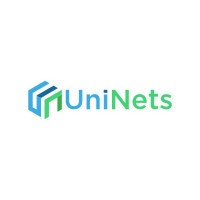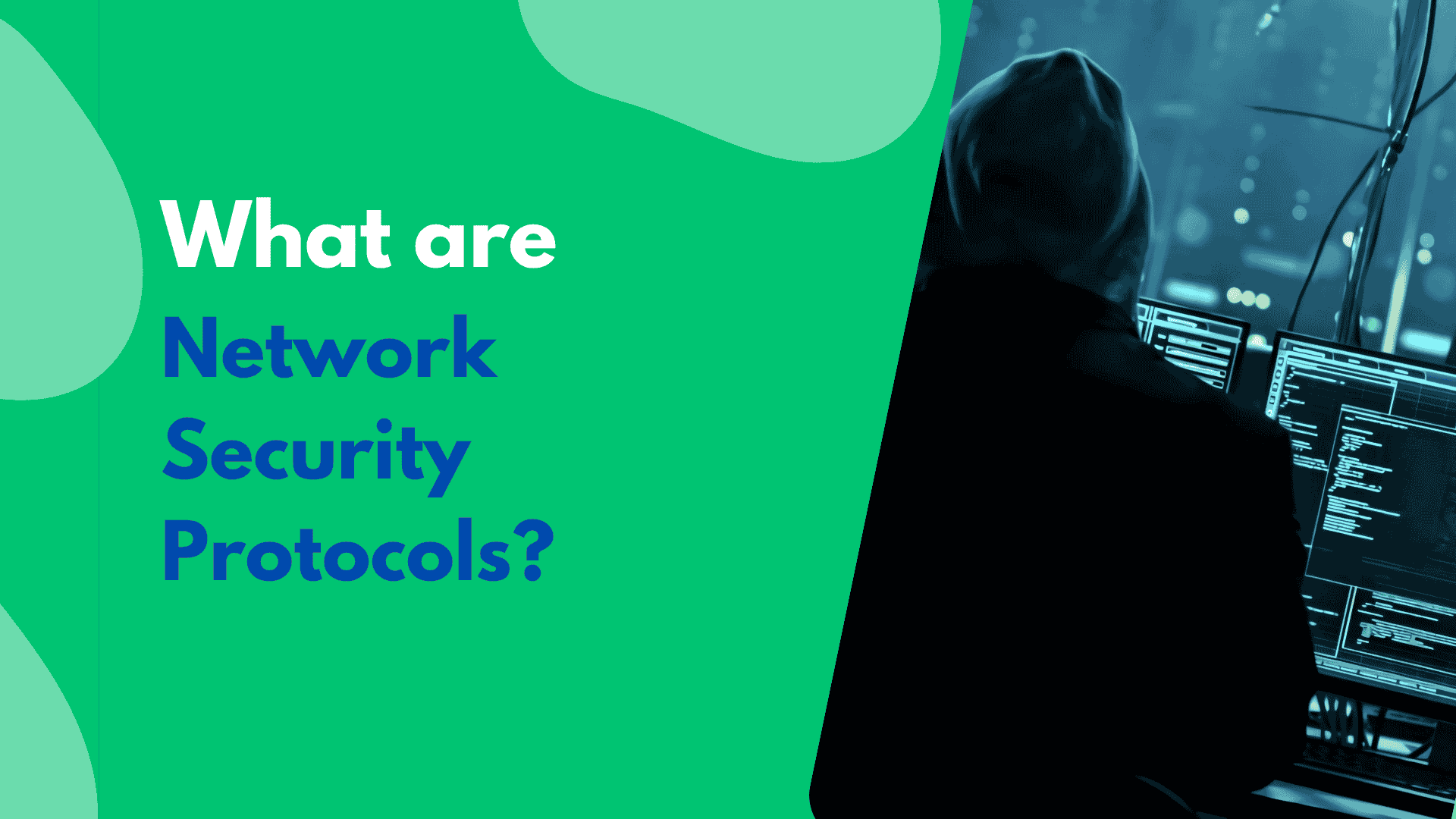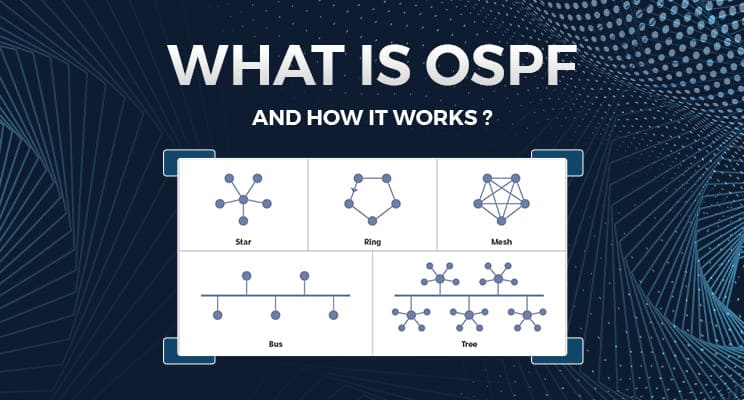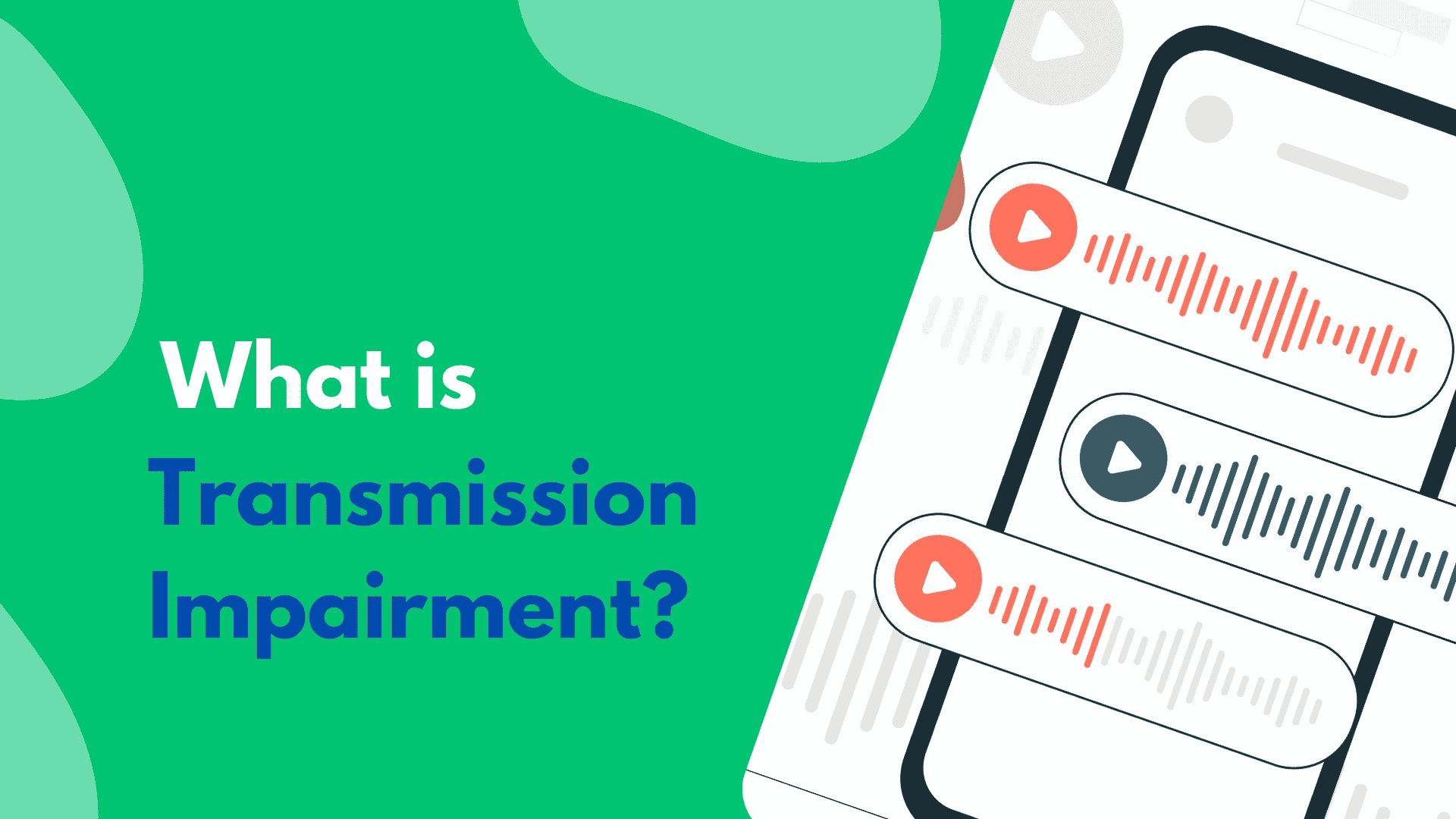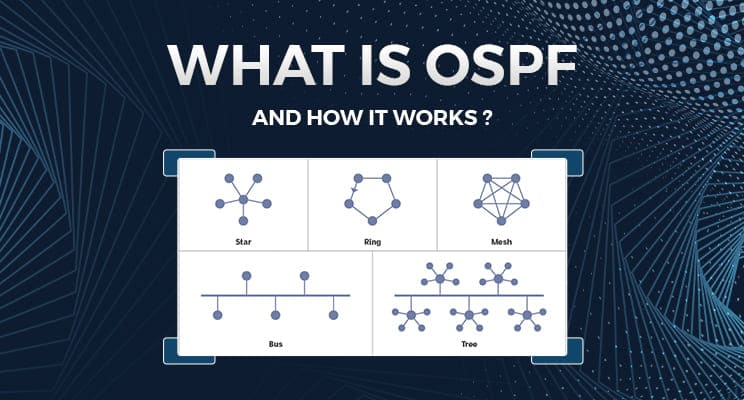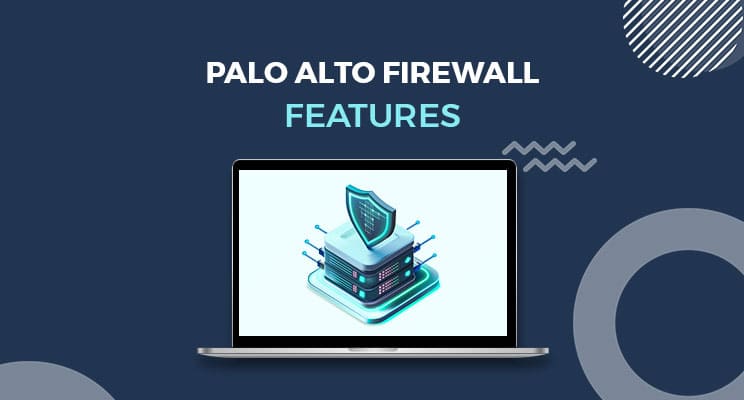What Is a Coaxial Cable? Understanding Its Role in Networking
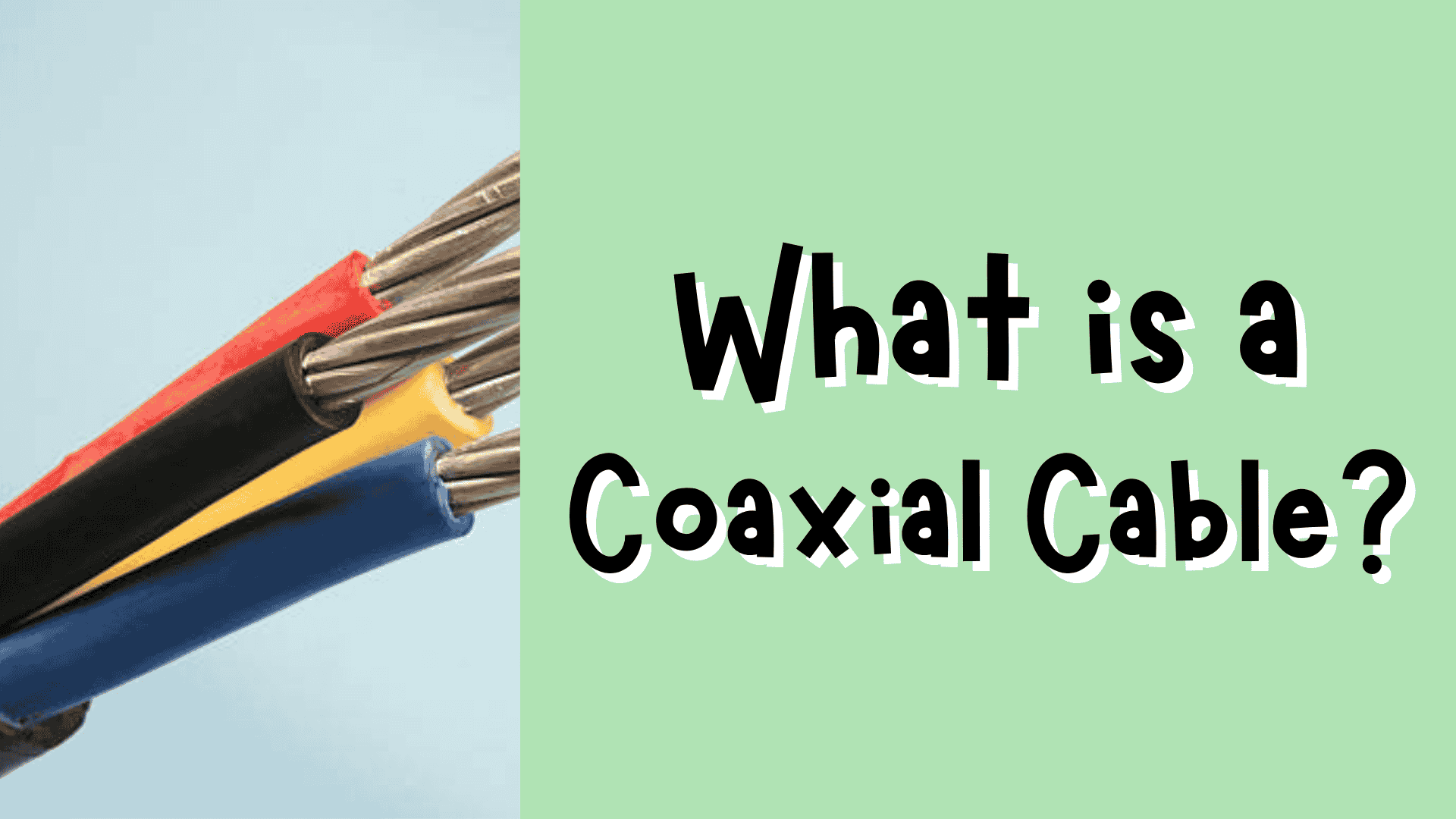
Strong 8k brings an ultra-HD IPTV experience to your living room and your pocket.
In the changing scenario of computer networking, several cables are utilized to connect devices, data transmission, and ensure secure communication. One of them that has withstood the test of time is the coaxial cable. Whether studying for certification, taking Fortinet SD-WAN training, or signing up for a VMware course, learning about network cable basics—including coaxial cables—is essential.
In this blog article, we will learn about what a coaxial cable is, how it functions, its typical usage, and its significance in both conventional and contemporary network infrastructure. We will discuss how knowledge of such devices can be used to advantage while going for networking certifications at institutions like UniNets.
What Is a Coaxial Cable?
A coaxial cable—also known as coaxial—is an electrical cable that comprises a central conductor, insulating layer, metallic shield, and outer protective jacket. The design makes coaxial cables able to transmit high-frequency electrical signals with minimal interference and signal loss.
The most important components are:
Core conductor (typically copper)
Dielectric insulator
Metallic shield (protection against electromagnetic interference)
Plastic outer sheath
Due to its shielded structure, a coaxial cable finds broad application in those fields where signal purity is a consideration, like television broadcasting, internet access, and closed-circuit security networks.
The Use of Coaxial Cables in Networking
Even though contemporary networks tend to employ fiber optic or twisted pair cables, coaxial cables remain crucial in various domains:
1. Broadband Internet
Most cable internet service providers continue to employ coaxial cable as the primary medium to provide high-speed broadband to customers' homes and businesses.
2. Ethernet Over Coax (EoC)
Legacy infrastructure or older buildings typically use Ethernet over coaxial to facilitate high-speed data transmission without having to rewire the whole network.
3. Television Distribution
One of the oldest and most widespread applications of coaxial cable is television and satellite signal distribution systems.
4. Data Centers and Campus Networks
Though fiber is favored in backbone connections, coaxial cables are used in some older installations and continue to offer good signal quality for short distances.
Role of Coaxial Knowledge in Contemporary IT Training
As networking continues to expand to encompass ideas such as software-defined WANs (SD-WAN), virtualization, and cloud computing, you may be left wondering why learning about coaxial cables matters. Here's why:
1. Groundwork for Network Layers Understanding
Prior to getting into advanced subjects such as Fortinet SDWAN training or VMware training, learning physical media like coaxial cables is the pillar of network learning.
2. Troubleshooting Legacy Systems
Legacy systems in a lot of enterprise environments continue to use coaxial connections. IT professionals who undergo training through courses at UniNets frequently face such systems in real-world situations.
3. Preparation for Certifications
Courses like the Fortinet SD-WAN course or the VMware course often include modules on physical and virtual network layers. Having hands-on or theoretical knowledge of all cable types, including coaxial, enhances your understanding.
Neighbor Discovery Protocol and Coaxial Cable Networks
While coaxial cables primarily deal with the physical transmission of data, modern networks also rely heavily on protocols like the Neighbor Discovery Protocol (NDP), especially in IPv6 environments.
What Is Neighbor Discovery Protocol?
Neighbor Discovery Protocol is an integral component of the IPv6 suite. It manages:
Address resolution
Router discovery
Prefix discovery
Reachability detection
While NDP is on a different layer than coaxial cables, both are essential to network functionality. For instance, a coaxial-based network might provide physical connectivity, but NDP provides logical communication among IPv6-capable devices.
IPv6 Neighbor Discovery in Hybrid Network Environments
In hybrid or transitional network environments with both coaxial cables and modern IP networking, the IPv6 neighbor discovery process provides transparent communication. IT professionals need to know how physical media influences logical protocols.
This is particularly relevant in Fortinet SD-WAN training course modules that cover deploying and troubleshooting IPv6. Fortinet SD-WAN training focuses on real-world deployments with many of them still encompassing legacy media such as coaxial.
Role of Coaxial Cable Knowledge in VMware Training
VMware training emphasizes significantly on virtualization, data centers, and cloud computing. But the virtual infrastructure is still dependent upon strong physical links.
Knowledge of coaxial cable formations and limitations proves useful to IT professionals in determining whether existing physical layers can be used for virtualization. Physical-to-virtual network mapping is a topic of discussion in numerous VMware course materials, in which such knowledge proves significant.
Why Choose UniNets for Networking and Security Training?
At UniNets, students are given exhaustive training covering basic subjects such as coaxial cables and going all the way to sophisticated concepts including:
Fortinet SD-WAN training and actual implementations
VMware training for contemporary data center virtualization
Detailed lab sessions on IPv6 neighbor discovery and supporting protocols
UniNets intermingles theory with hands-on labs to ensure students not only learn new technology but also legacy systems that still exist in most organizations.
Final Thoughts
The coaxial cable is still a crucial component of networking history and is still used in certain applications today. Learning its design, applications, and limitations provides a foundation for future studies in networking and virtualization.
If you're studying for a Fortinet SD-WAN course, learning about protocols such as the Neighbor Discovery Protocol, or beginning VMware training, having basic knowledge—such as that of coaxial cables—is what sets you ahead of the rest.
Note: IndiBlogHub features both user-submitted and editorial content. We do not verify third-party contributions. Read our Disclaimer and Privacy Policyfor details.

